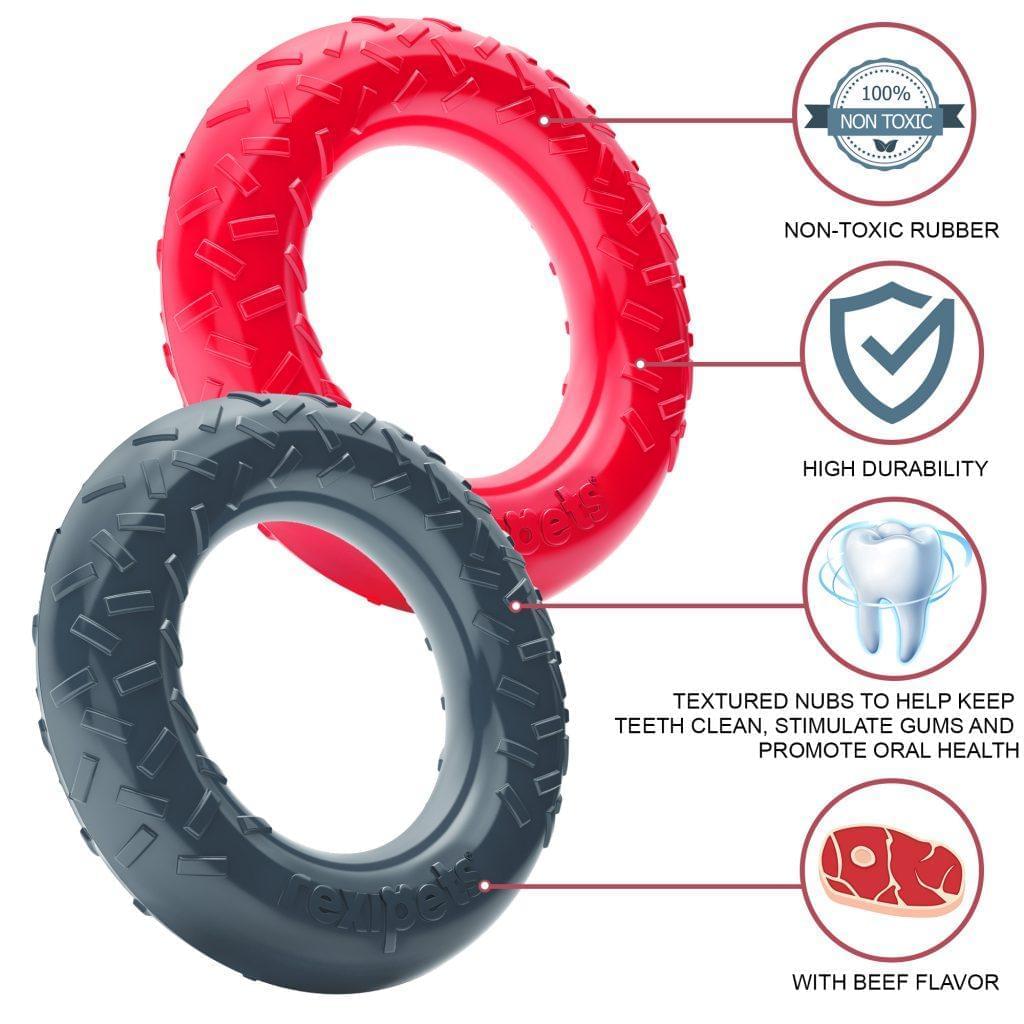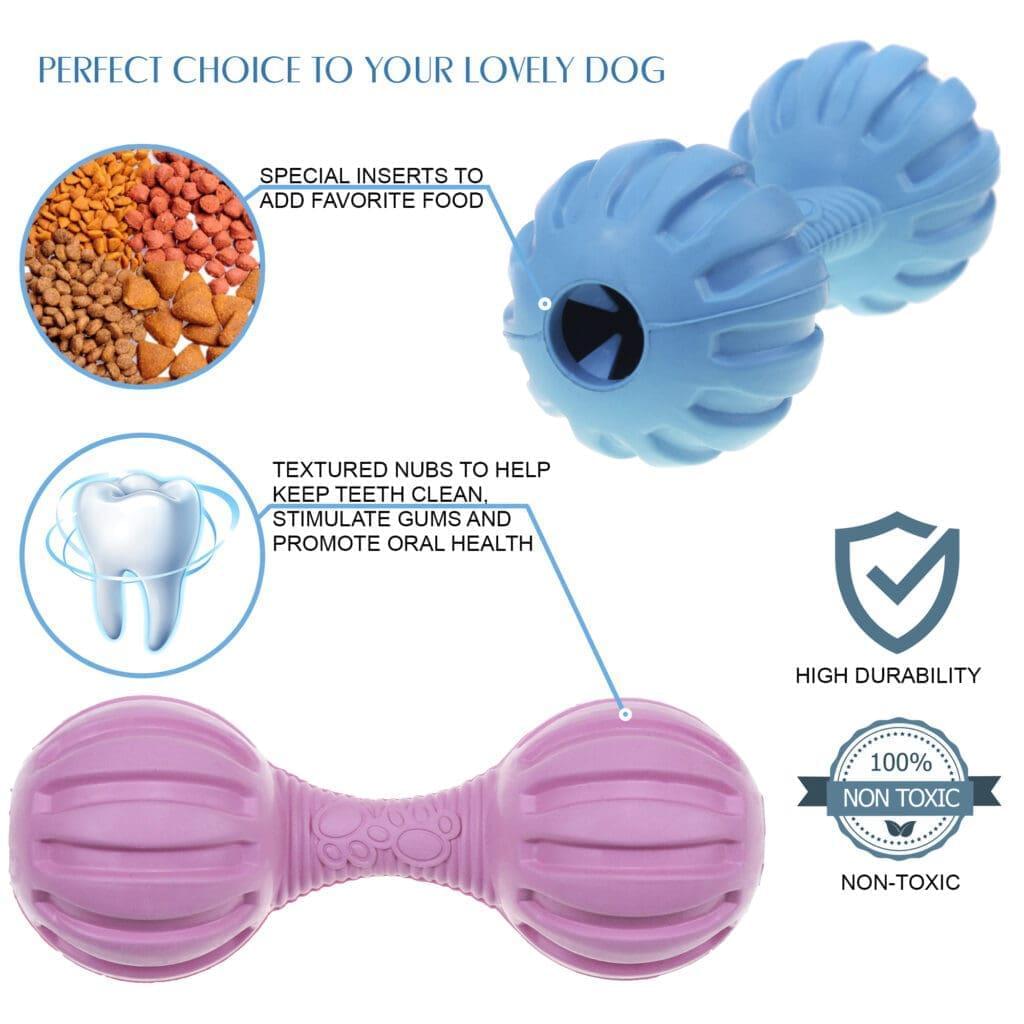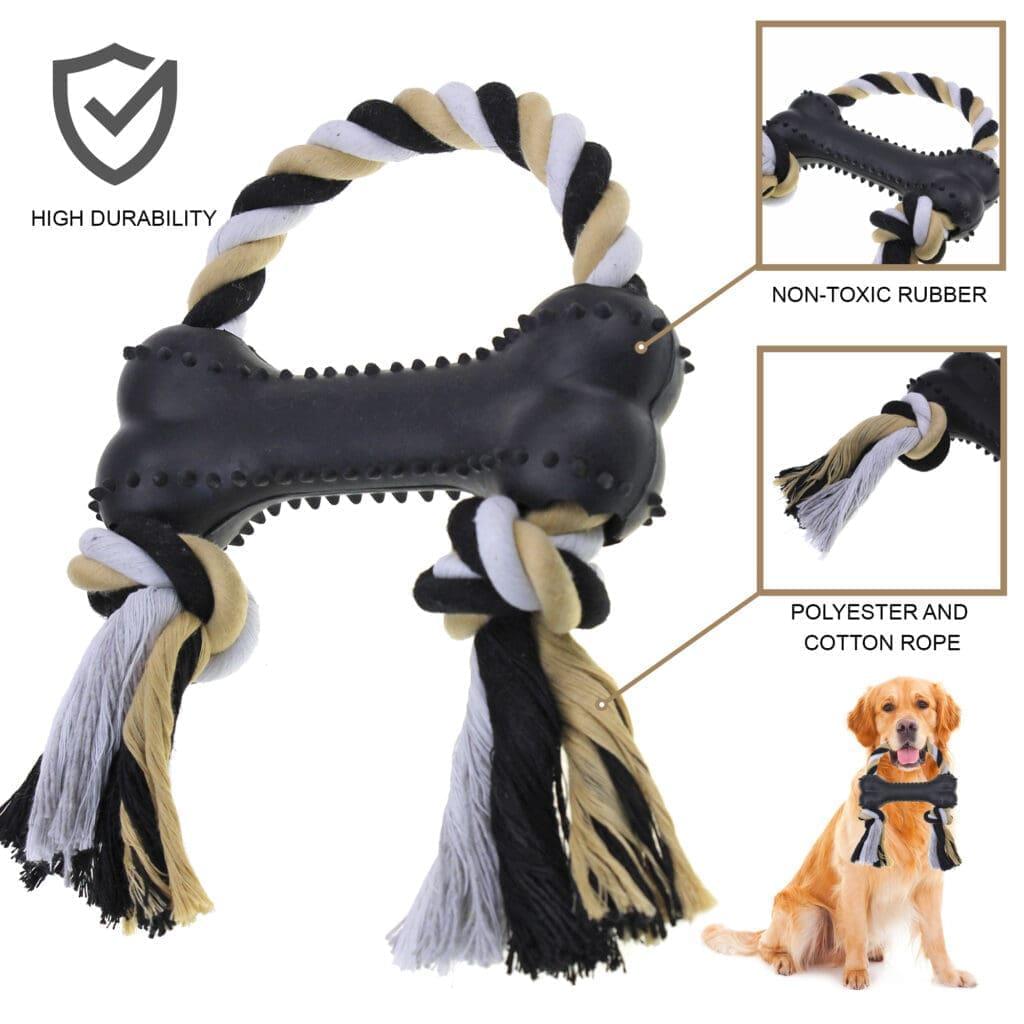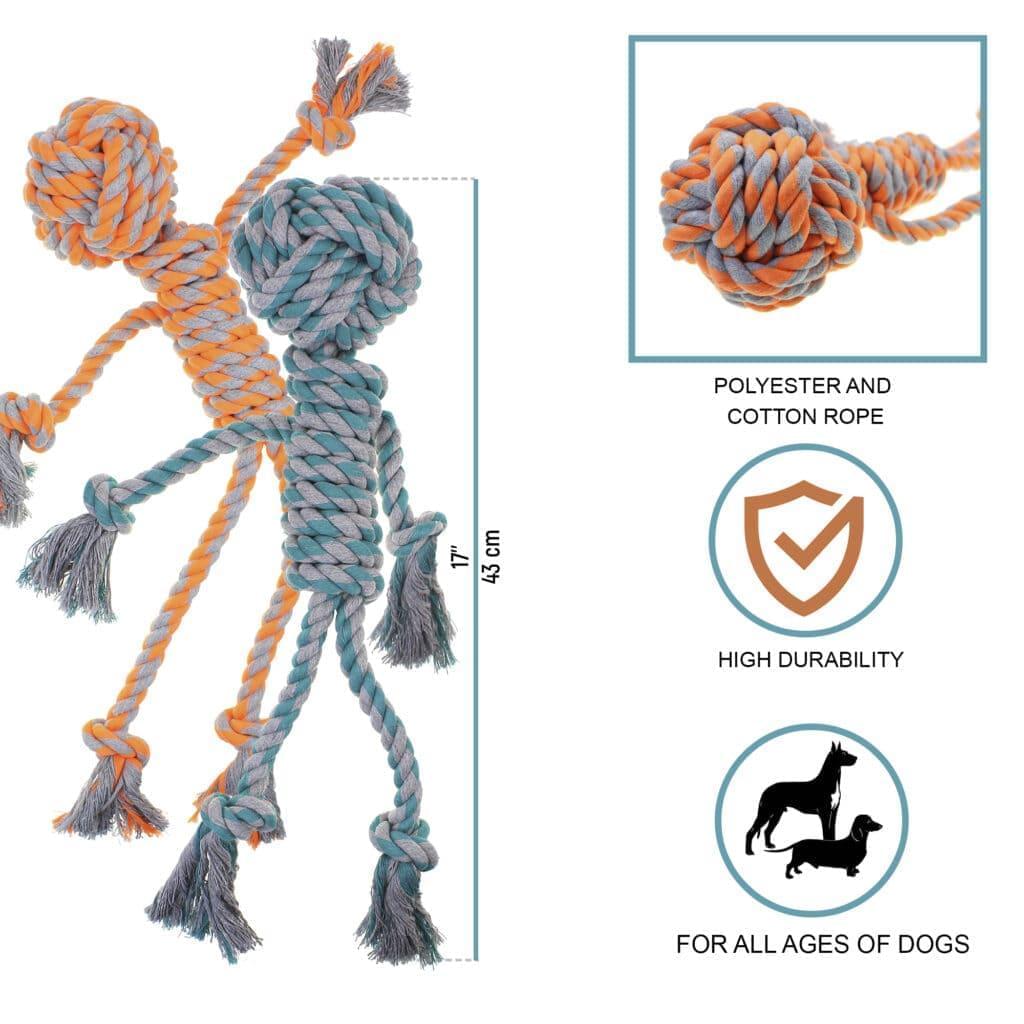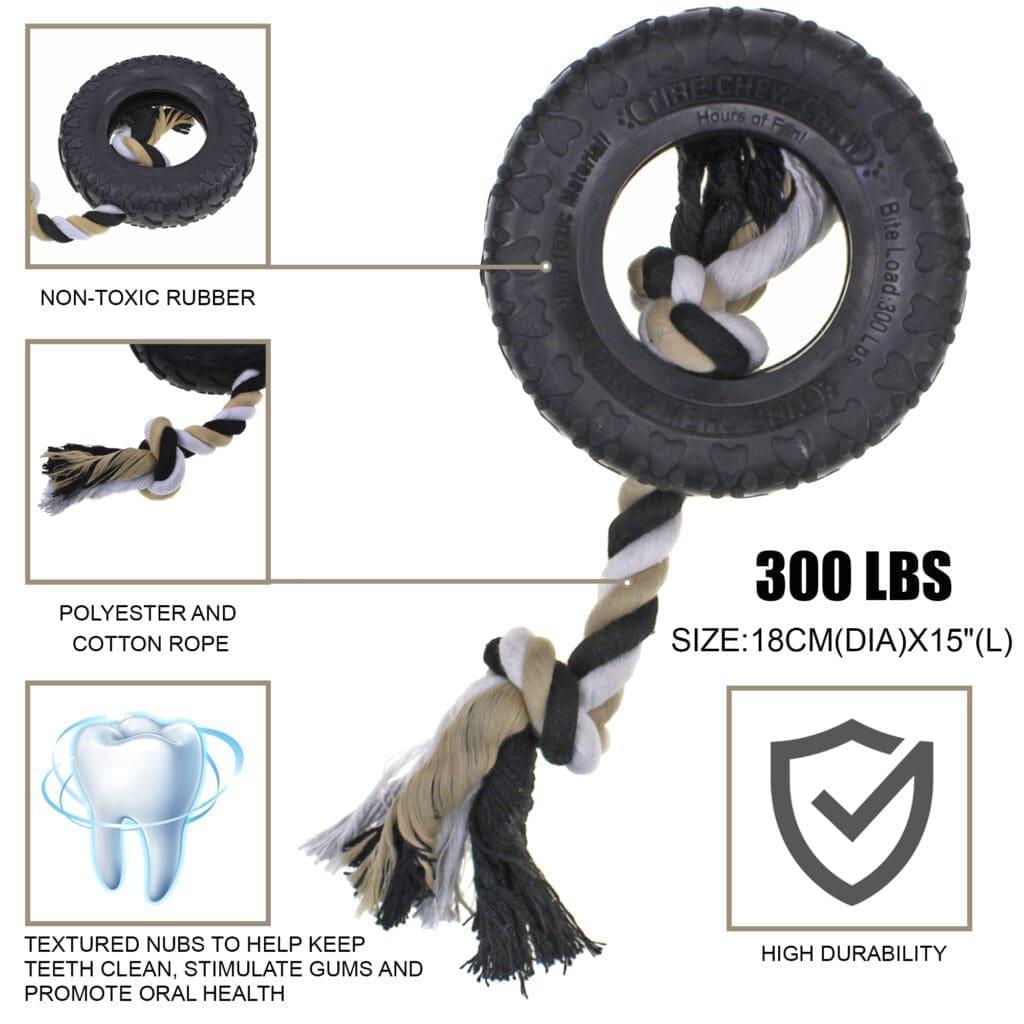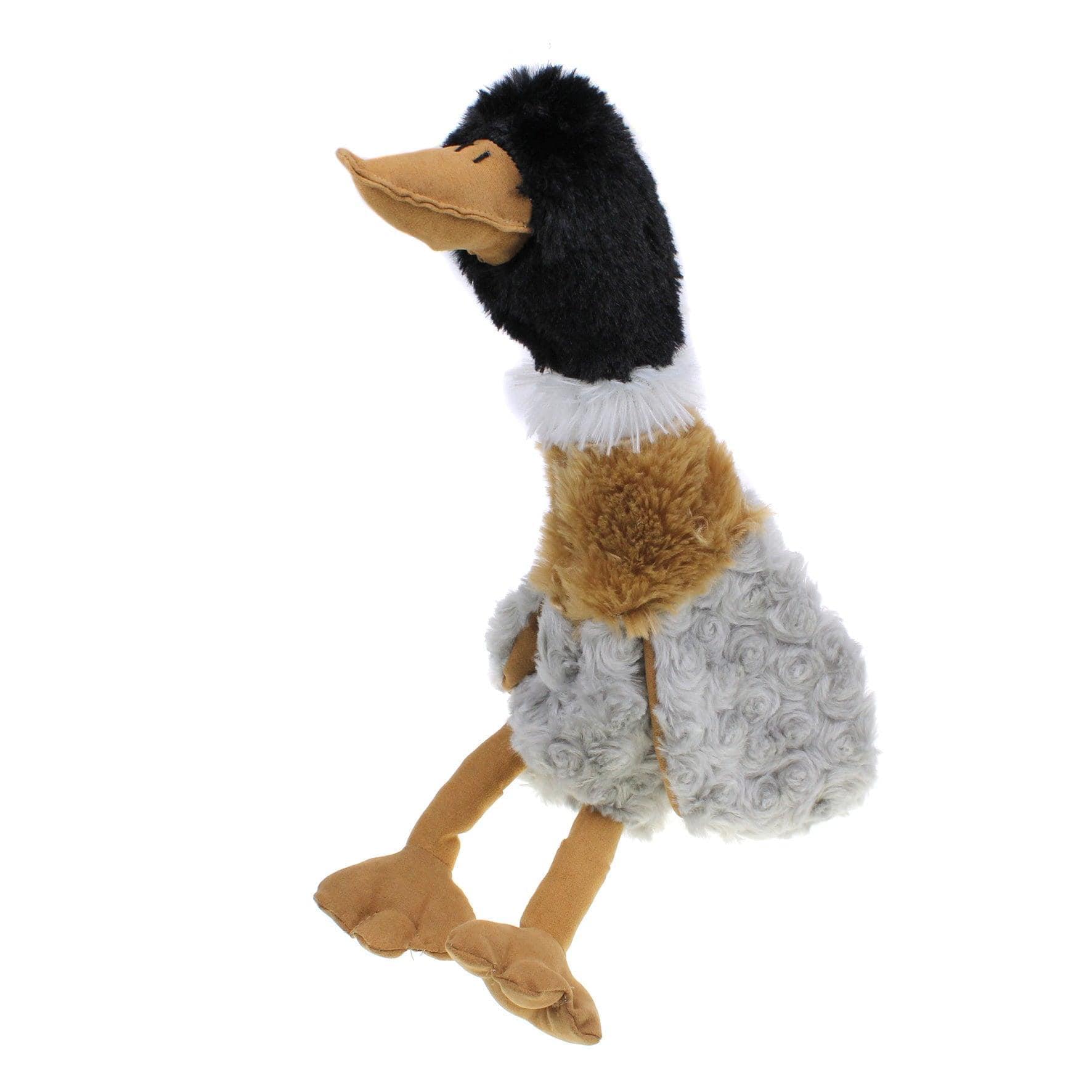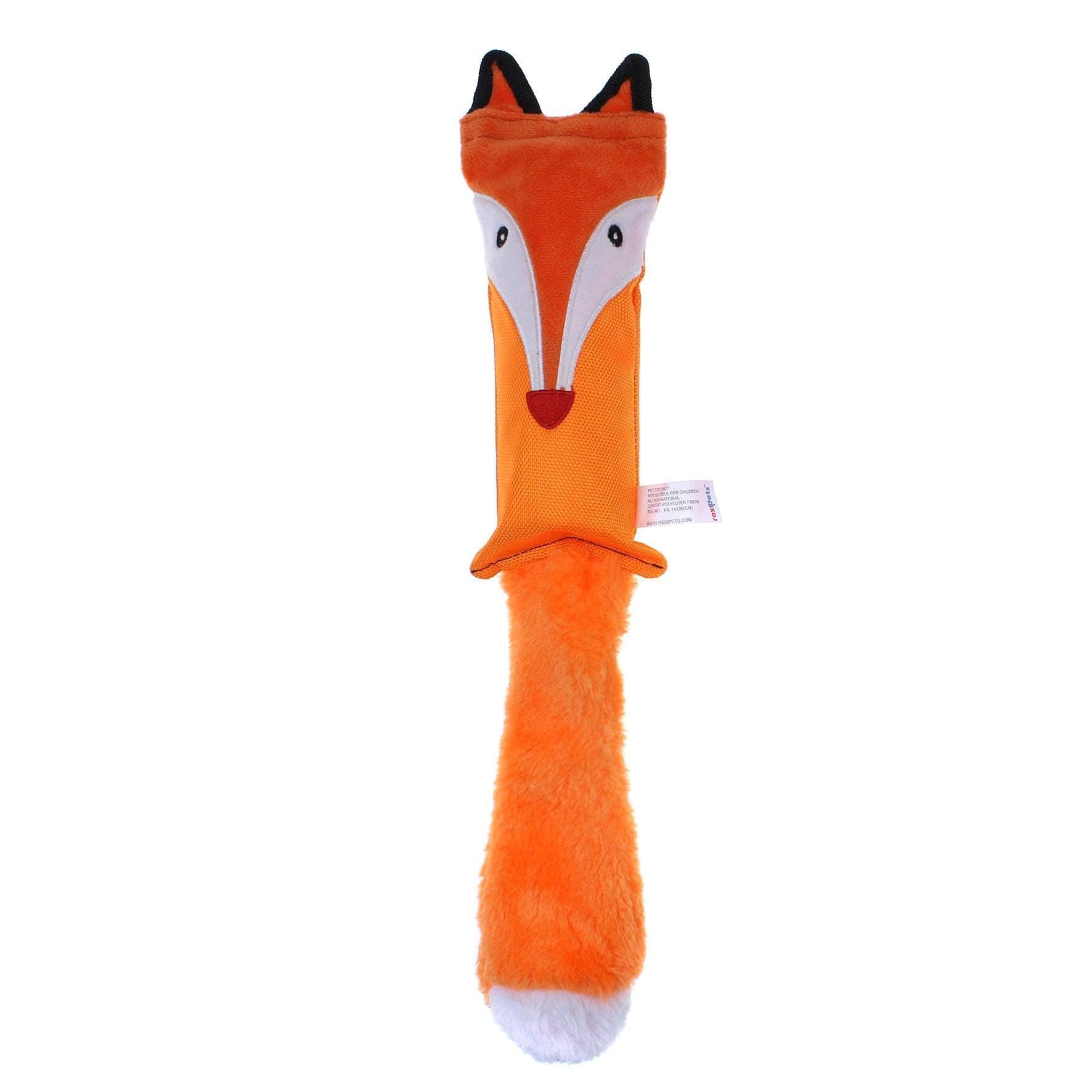
There's nothing quite like the love of a dog, especially when they curl up next to you in bed. However, what happens when your beloved furry friend brings along some unwelcome guests in the form of fleas?
Dealing with a dog that has fleas and is used to sharing your sleeping space can present challenges to the well-being of yourself or the pet.
So, do you ever get worried that your dog with fleas sleeps in your bed, what do fleas look like? Well, worry no more cause you are not alone. It is a concern many dog parents have about fleas and sharing a bed with their dog.
Today, we will dive into the topic of dogs with fleas who just can't resist snuggling in bed with their humans. We'll tackle the challenges it brings and the worries it raises, and most importantly, we'll give you practical solutions to tackle these critters and reclaim your peaceful sleep. So, hang in there. You are in just the right place.
What Should I Do If My Dog Has Fleas And Sleeps In My Bed?
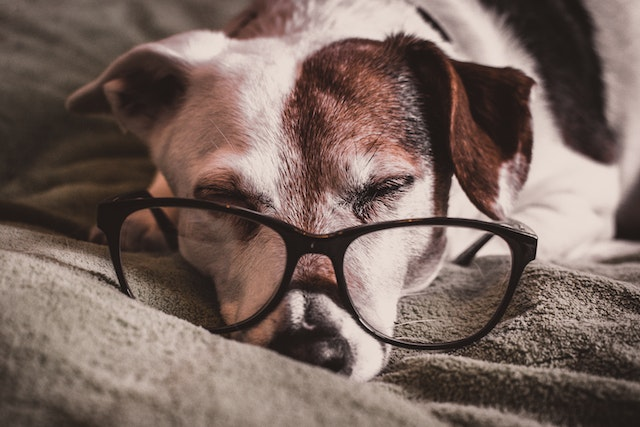
If you suspect your dog that sleeps on the bed with you has fleas, there are two immediate things you have to do -
Treat your house
If you suspect fleas in your bed, it's essential to take immediate action to eliminate them. One crucial step is to wash all your bedding items, such as sheets, blankets, pillows, and mattress pads, in hot water. Hot water helps kill fleas and their eggs, ensuring a thorough cleaning.
Additionally, it's essential to address the flea problem in your entire home, as fleas live everywhere, and their eggs can be present in other areas like carpets and upholstery. Treating your home for fleas involves a comprehensive approach. You can start by vacuuming all carpets, rugs, and furniture, paying special attention to crevices and corners where fleas may hide. After vacuuming, throw away the vacuum bag and empty the canister to prevent fleas from reinfesting your home.
Using flea control products specifically designed for home use is also recommended. This may include flea sprays, foggers, or powders that target fleas and their life stages. Be sure to follow the instructions carefully when applying these flea prevention products and take necessary precautions to protect yourself, your pets, and your family members.
Treating your dog for fleas

Treating your dog for fleas is essential in addressing a flea infestation and ensuring the well-being of your furry friend. Start by consulting with your veterinarian to determine your dog's best flea treatment options. They will consider factors such as your dog's health, age, and any existing medical conditions to recommend suitable products.
Once you have chosen a flea treatment product, carefully follow the instructions provided. This may involve applying a spot treatment, giving oral medication, using a flea collar, or using a spray or shampoo.
It's essential to treat all pets in your household, even if only one is showing signs of fleas. This prevents the infestation from spreading or recurring in other animals. Regular grooming, such as brushing your dog's coat and using a flea comb, will help remove fleas, eggs, and debris. Properly disposing of collected fleas and eggs is essential. A flea comb should be used in addition to the regular dog grooming comb.
Moreover, to prevent reinfestation, maintain a clean environment by regularly vacuuming your home, washing your dog's bedding in hot water, and using flea control products as recommended. If the infestation persists, do not just give up; instead, immediately follow up with your veterinarian for further guidance and support.
Can Fleas From Dogs Be Transmitted To Humans?

Yes, fleas from dogs can, in fact, be passed on to humans. Fleas are sneaky little parasites that can bite and feed on both animals and people. When a dog has fleas, these pesky critters can infest their fur and bite them to feast on their blood. If an infested dog comes into close contact with humans, the fleas can jump onto humans and bite them.
Flea bites on humans usually show up as small red dots and can cause itching and discomfort. Even though humans are not their preferred hosts, fleas will still bite if they are nearby and hungry.
It's essential to be aware that fleas can carry diseases and parasites, potentially transmitted to humans through their bites. That's why it's crucial to take preventive measures to avoid flea infestations in pets and regularly treat them for fleas. Also, keep a clean living environment to minimize the risk of fleas jumping onto humans.
Suppose you suspect that you or someone in your family has been bitten by fleas or have concerns about flea transmission. In that case, seeking advice from a healthcare professional is a good idea. They will provide proper guidance and possible treatment.
6 Signs Of Fleas In Bed

You might confuse fleas with bed bugs. Here are some common signs that indicate that you have fleas in your bed:
-
Flea bites
Seeing itchy red dots on your legs, ankles, and feet might mean you have fleas. Flea bites often form a straight line and sometimes have a red circle around them.
Fleas bite your lower body, especially behind your knees, where your skin is warm and sweaty. If your pet sleeps near your head, you might also get bites on your upper body, like in the bends of your elbows or on your face and chest.
You could have additional symptoms if you're allergic to fleas or strongly react to their bites. These can include itchy hives, swelling, a rash, and even trouble breathing (which needs immediate medical help).
Remember, flea bites can look different for different people. If you think you have fleas and notice any of these signs, it's essential to take action to get rid of the fleas and stop the itching.
-
Flea dirt
Fleas leave behind a dirty residue that can be found on your bedsheets. This residue appears like tiny black specks, similar to grains of black pepper. While it may not seem like a big deal, this residue combines flea saliva, blood, and flea droppings. It's essential to clean it up promptly to maintain cleanliness and hygiene.
-
Pet scratching and licking
Fleas survive by feeding on animal blood. When they bite, they inject saliva into the skin, and many pets are allergic to the proteins in this saliva. Dog fleas result in an allergic reaction that leads to itching and discomfort.
If your dog or cat has fleas, they won't just scratch the affected areas; they might also lick the bites in an attempt to alleviate the itching. If you notice your pet scratching more frequently than usual, examining their fur for signs of fleas and bites is a good idea.
-
Flea eggs
Fleas only stay in beds briefly, but they can lay eggs there. These eggs are small, oval-shaped, and look like tiny white dots. If you see these white dots on your pet's skin, you might confuse them with dry skin or sand. It's essential to thoroughly check your pet's fur because if you miss these eggs, you could soon have a big problem with many fleas.
-
Flea skin
In addition to finding flea eggs on your bed, you may also come across flea skin. Flea larvae undergo two molting stages, shedding their skin before transitioning into the flea pupae stage.
Flea skin appears as small, white, tube-shaped structures that feel soft. They can be pretty tricky to spot due to their tiny size. You may need to use a magnifying glass to get a better view.
-
Adult fleas in your bed
Fleas probably won't hang out in your bed for too long, but you might spot them there for a little while. Unlike flat and oval-shaped bedbugs, they have a distinctive shape. An adult flea tends to have long and narrow bodies.
Final Words!
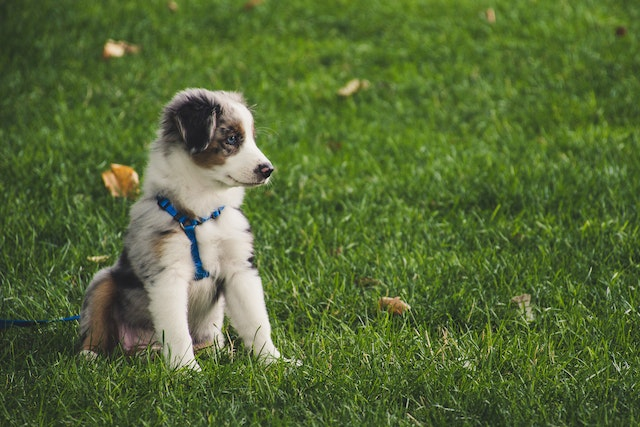
Having a dog with fleas who insists on sleeping in your bed can be quite a challenge. But fear not! By understanding the causes, risks, and solutions, you can tackle this issue head-on and restore harmony to your nighttime routine.
Fleas are pesky parasites that thrive on the blood of animals, causing itching and potential health problems for your furry pal and yourself. Spotting flea bites, identifying flea eggs and skin, and understanding their behavior can help you take swift action to address the situation.
You can get fleas if your dog sleeps with you in your bed. Fleas can quickly jump from your dog's fur onto your bedding and then onto your body. They can bite humans and cause itchy red dots. To prevent fleas from spreading, regularly treat your dog for fleas. It's also essential to keep your bed and home clean. Wash your bedding in hot water and use a vacuum to clean carpets and furniture. You can also use products to prevent fleas in your home.
Treating your dog for fleas is crucial to prevent further infestation and protect your home. Consult a vet to choose suitable flea treatment options and follow the instructions carefully. Regular grooming, maintaining cleanliness in your surroundings, and using flea control products in your home are all vital steps in getting rid of a severe infestation of these little critters.
Remember, persistence is vital. Stay vigilant and act promptly to prevent reinfestation. With the right approach and a little professional advice when needed, you can create a flea-free environment for you and your beloved canine companion.
So, don't worry if your dog has fleas and loves your bed. With knowledge and practical solutions, you can reclaim your sleeping space and enjoy a cozy night's rest with your furry friend again.
FAQs
What are the Best Flea Prevention Methods for Dogs Who Sleep in Beds?
Preventing fleas in dogs who sleep in beds requires consistent efforts. First, consult with your veterinarian for appropriate flea-preventive treatments. Regularly apply spot treatments, administer oral medications, or use flea collars as recommended to provide ongoing protection.
Keep your dog's bedding clean by washing it regularly in hot water. Consider using pet-safe flea sprays or powders on the bedding. Vacuuming frequently removes fleas, eggs, and larvae from the bed, carpets, and upholstery.
Use outdoor flea and tick preventive products when your dog spends time outside. Maintain a well-groomed yard by mowing the grass, removing debris, and minimizing flea habitats.
Regularly groom your dog by brushing its coat to detect and remove fleas or flea dirt.
How long does it take to get rid of fleas on a dog who sleeps in a bed?
While it is generally recommended to keep your pet away from your bed if they are suffering from a flea infestation, it's important to note that with proper treatment, fleas on pets can be eliminated within a relatively short timeframe. In fact, many pet flea treatments are designed to kill fleas within 24-48 hours.
Various flea treatment options, such as spot treatments, oral medications, shampoos, and collars, work by targeting and eliminating fleas on the pet's body. These treatments typically contain insecticides or growth regulators that disrupt the flea life cycle and kill adult fleas, larvae, and eggs.









